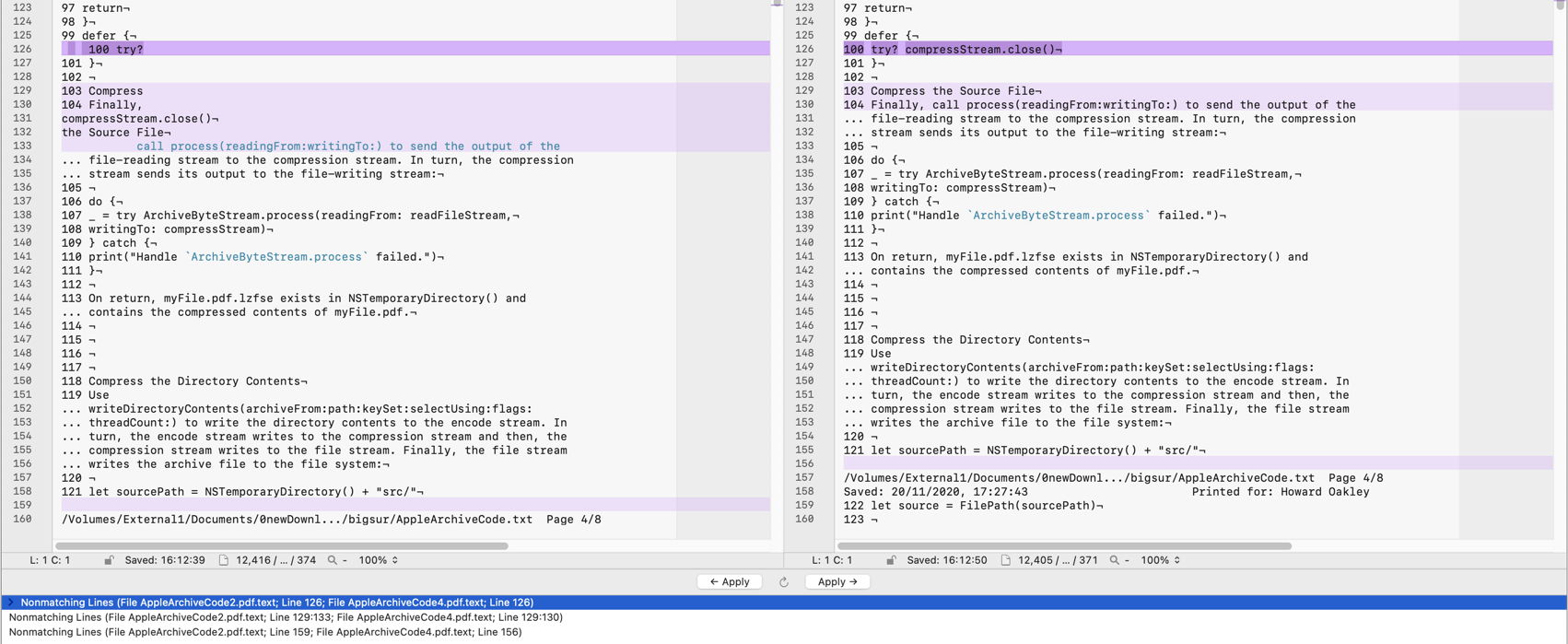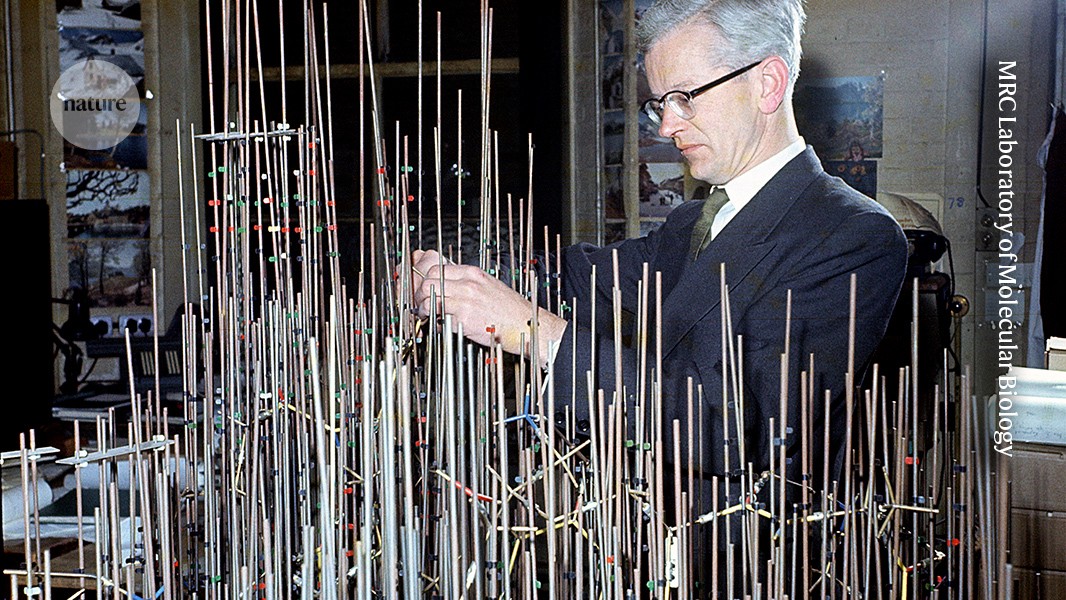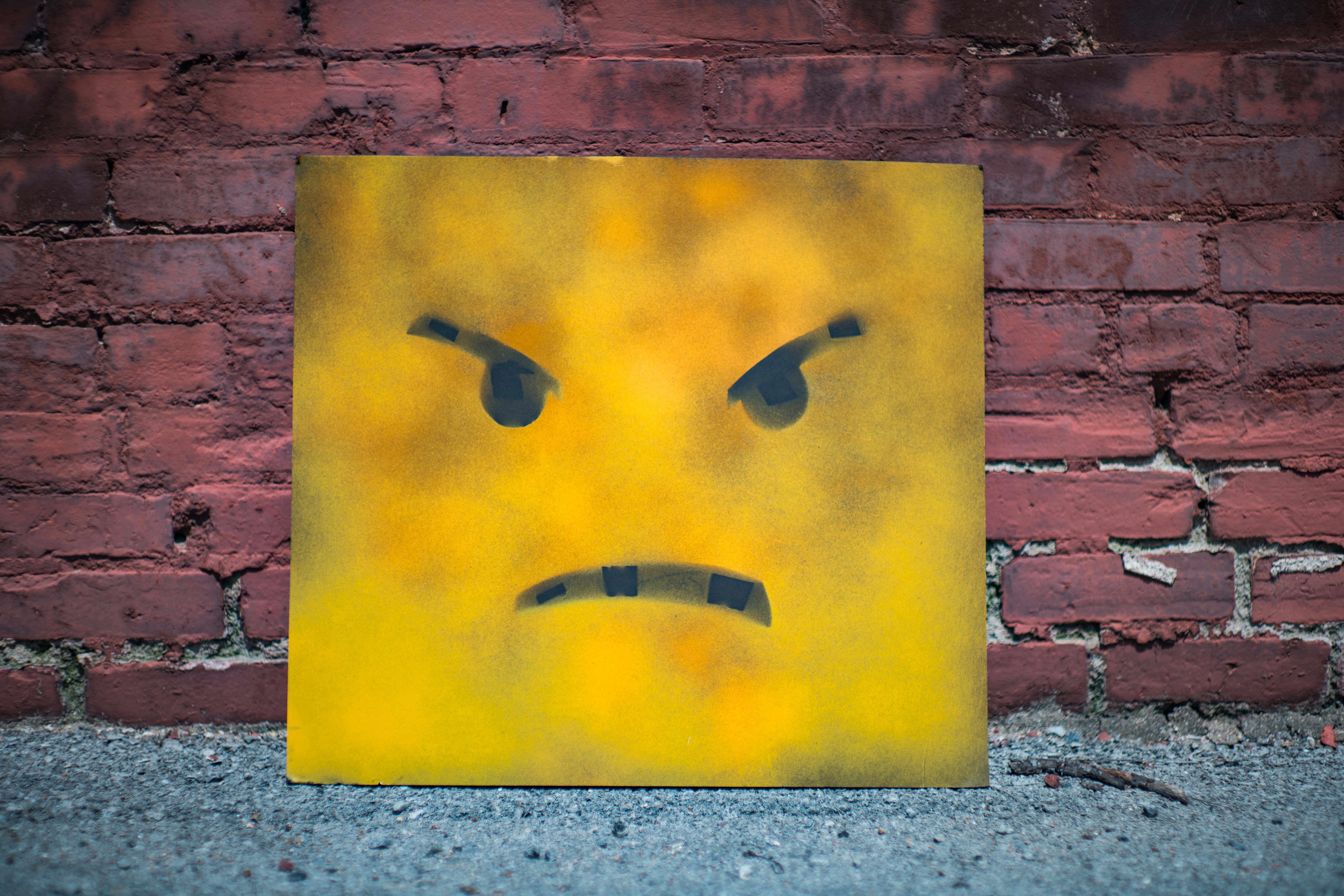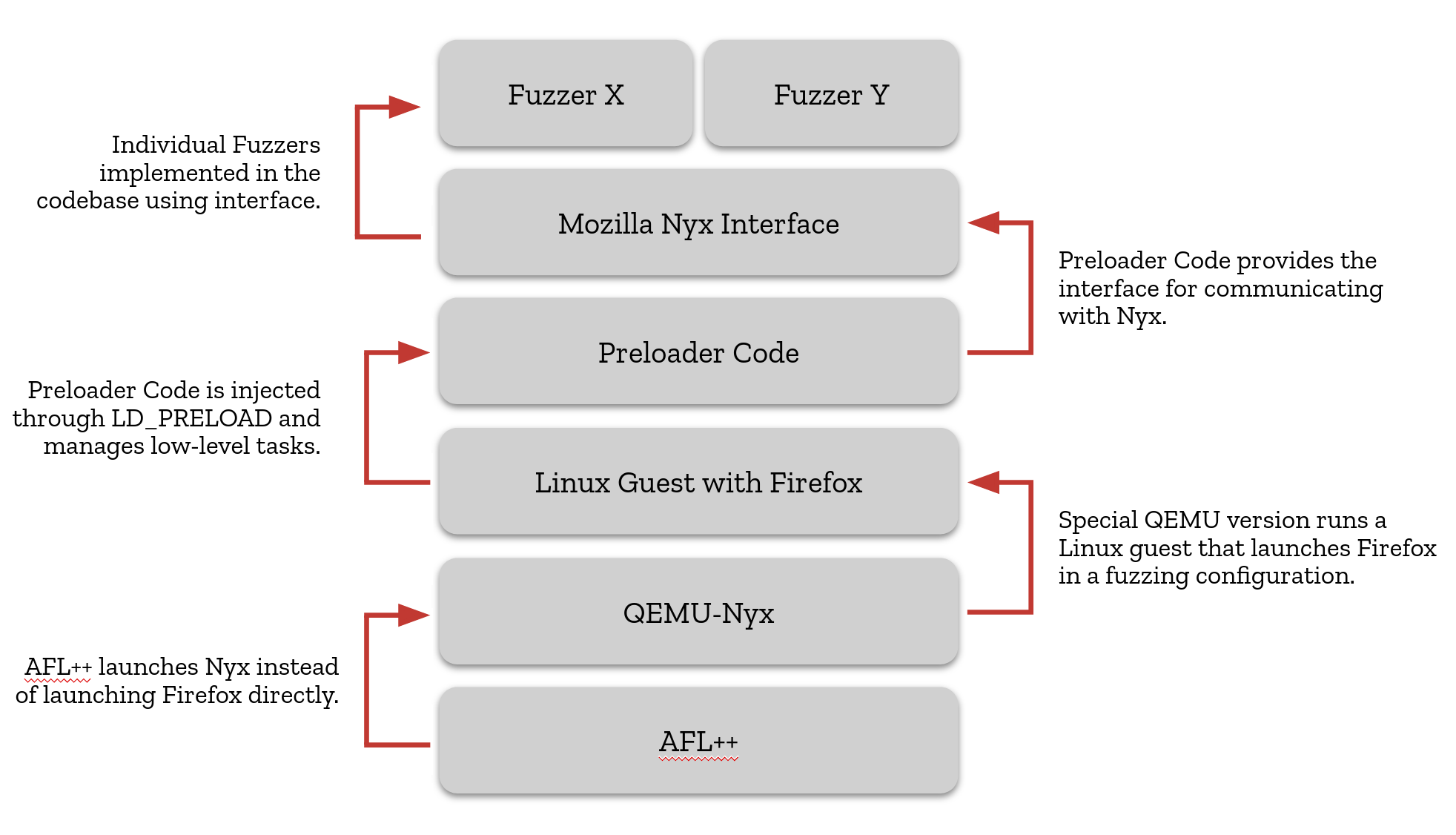
Editor’s Picks: Books
UFO, a two-module ‘Bathyscaphe’ in Biała Podlaska, Poland. All images © David Navarro and Martyna Sobecka, courtesy of Zupagrafika, shared with permission
If you were born in the past three or four decades, you may not remember much about the former Eastern Bloc, a group of countries aligned politically and economically with the Soviet Union, or USSR, from 1945 to 1991. The coalition was characterized by its alignment with the communist ideology of Marxism–Leninism, rather than the capitalist structure of the Western Bloc, or countries that aligned with the United States.
In the late 1980s, the USSR loosened its yoke on the Eastern Bloc, spurring revolutionary democratic action, and in 1989, the momentous and symbolic destruction of the Berlin Wall. By 1991, Communist rule was overthrown in Europe.
During the second half of the 20th century, socialist nations adopted their own architectural vernacular. Primary examples include the Stalinist style between the 1930s and 1950s, followed by remarkable examples of Brutalism popular until the 1980s. And amid this transformation from towering classicism to stalwart modernism, a contrastingly compact architectural unit began to appear amid housing estates, on street corners, and in city squares.





















